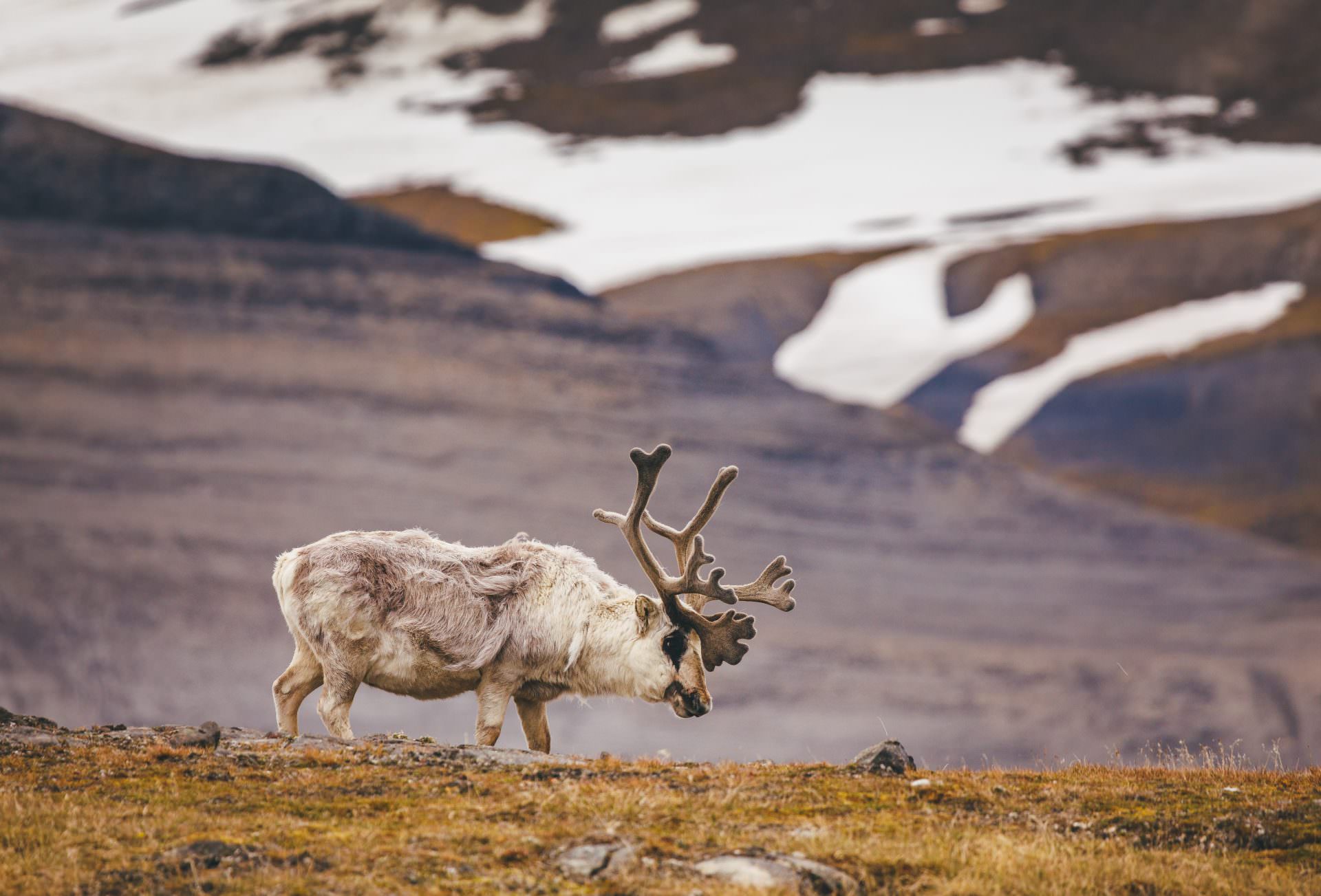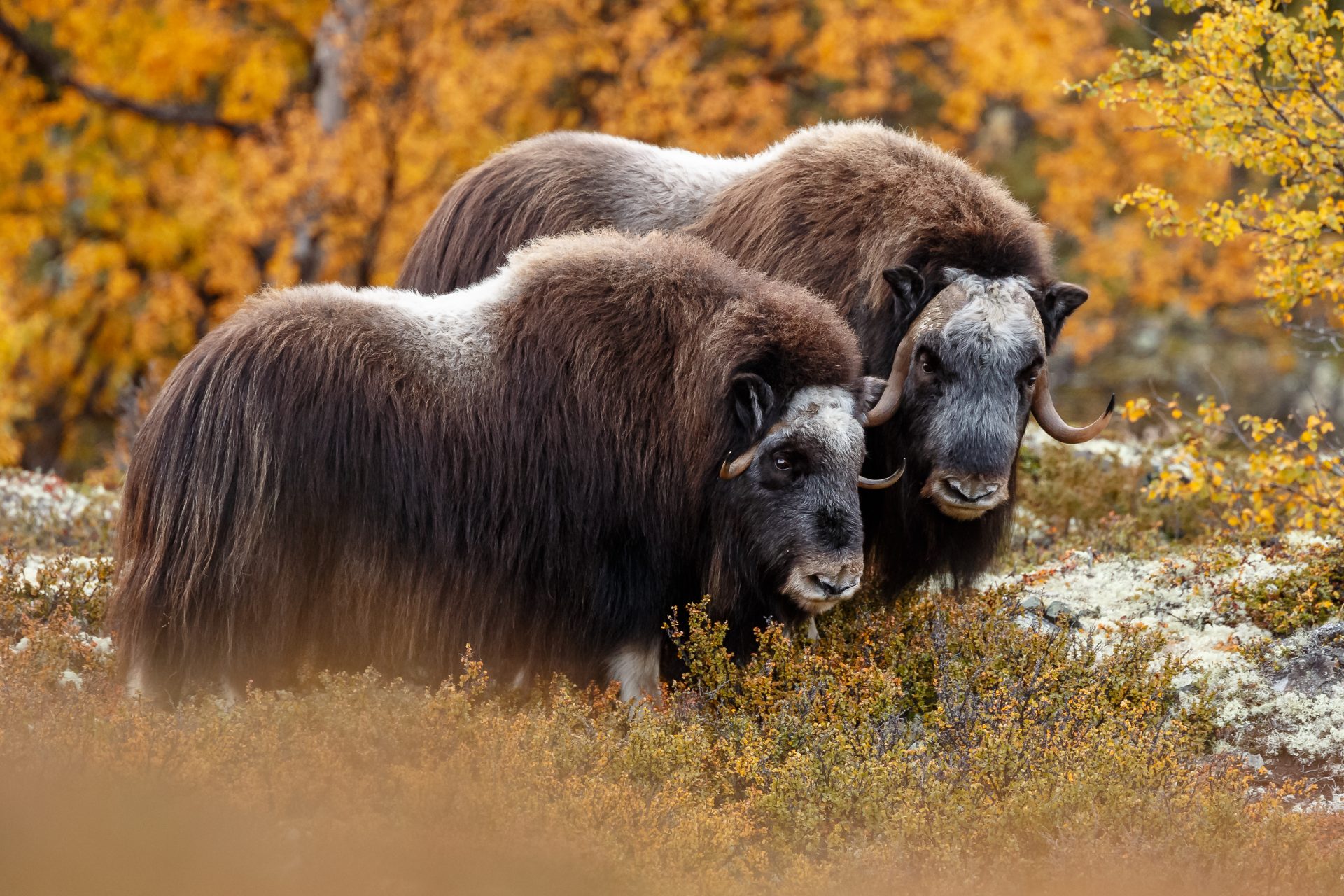
When most travellers think of the Arctic, they imagine the peak of summer — long days, calving glaciers, and nesting seabirds. But there’s a quieter, moodier chapter that follows: the Arctic autumn. Running from late August through October, this shoulder season unveils a different kind of beauty, one less heralded but no less extraordinary.
The light shifts first. Golden hues replace the endless brightness of summer, casting a warm glow on mountain ridges and tundra slopes. The midnight sun dips below the horizon, allowing darkness — and the aurora — to return. The air grows crisp. The silence deepens.
For wildlife watchers, autumn is a time of transition. Migratory birds gather for their southbound journeys. Arctic foxes begin to shed their brown summer coats for winter white. In Svalbard and Greenland, polar bears may be seen roaming the coasts, while whales linger in fjords before moving on.

Fewer ships sail at this time, which means fewer people in landing sites and a more reflective experience overall. There’s space for stillness — to linger longer with a view, to listen more intently to the ice, to notice subtleties in the landscape that summer’s rush might have masked.
Photographers find autumn to be quietly spectacular. Soft twilight hours return, giving way to dramatic lighting, long shadows, and a chance to capture Arctic colours that are both rare and evocative. Tundra foliage blushes with gold, crimson, and russet — a surprise palette for a region often imagined in monochrome.
Onboard, there’s a sense of cosiness as guests settle into the rhythm of the voyage. Libraries become more frequented, lectures richer in dialogue. It’s a season for deep conversations and unhurried observations.

While weather can be more variable, experienced expedition teams embrace the unpredictability. Flexibility becomes a virtue, and the rewards — sightings, landings, skies — feel even more earned.
For those seeking solitude, nuance, and the layered textures of a region preparing for winter, the Arctic autumn is a quiet revelation. Not loud in spectacle, but generous in feeling. It’s a reminder that the polar regions are not just destinations — they are seasons, each with their own voice.